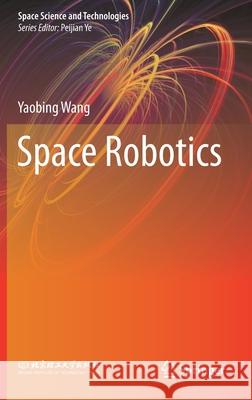Space Robotics » książka
topmenu
Space Robotics
ISBN-13: 9789811549014 / Angielski / Twarda / 2020 / 363 str.
Space Robotics
ISBN-13: 9789811549014 / Angielski / Twarda / 2020 / 363 str.
cena 806,99
(netto: 768,56 VAT: 5%)
Najniższa cena z 30 dni: 693,97
(netto: 768,56 VAT: 5%)
Najniższa cena z 30 dni: 693,97
Termin realizacji zamówienia:
ok. 22 dni roboczych.
ok. 22 dni roboczych.
Darmowa dostawa!
Kategorie:
Kategorie BISAC:
Wydawca:
Springer
Seria wydawnicza:
Język:
Angielski
ISBN-13:
9789811549014
Rok wydania:
2020
Wydanie:
2021
Numer serii:
001090144
Ilość stron:
363
Waga:
0.71 kg
Wymiary:
23.39 x 15.6 x 2.24
Oprawa:
Twarda
Wolumenów:
01
Dodatkowe informacje:
Wydanie ilustrowane











